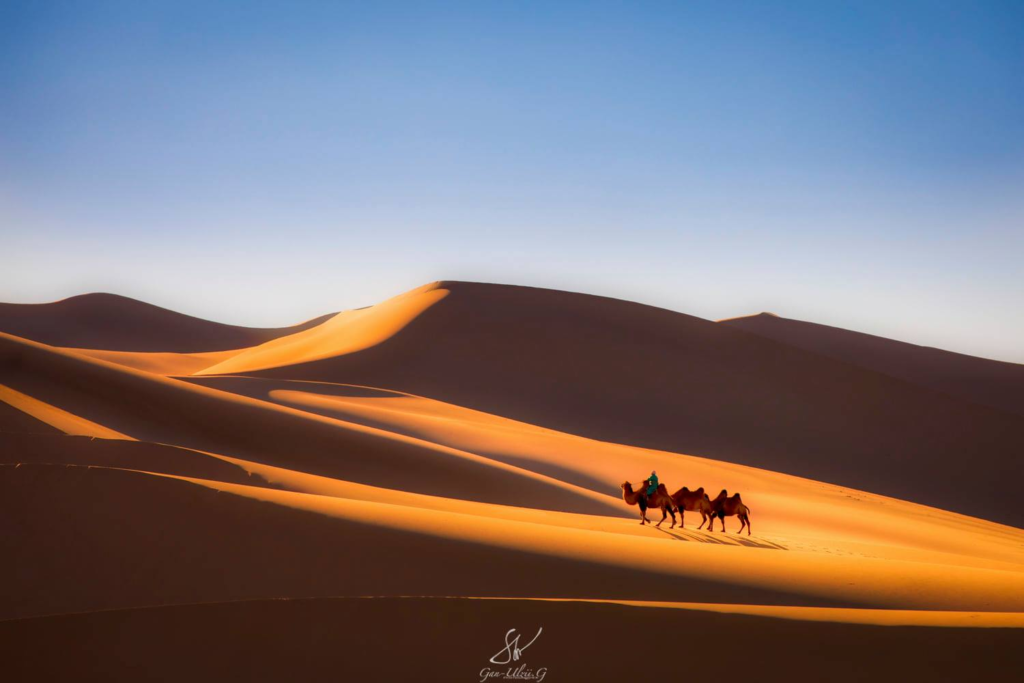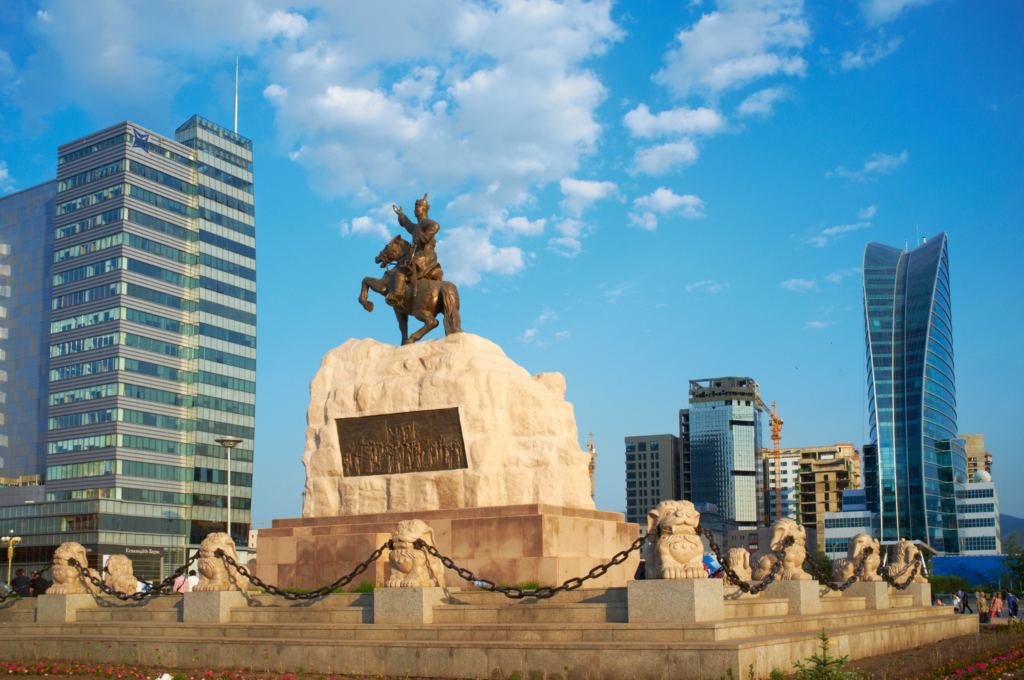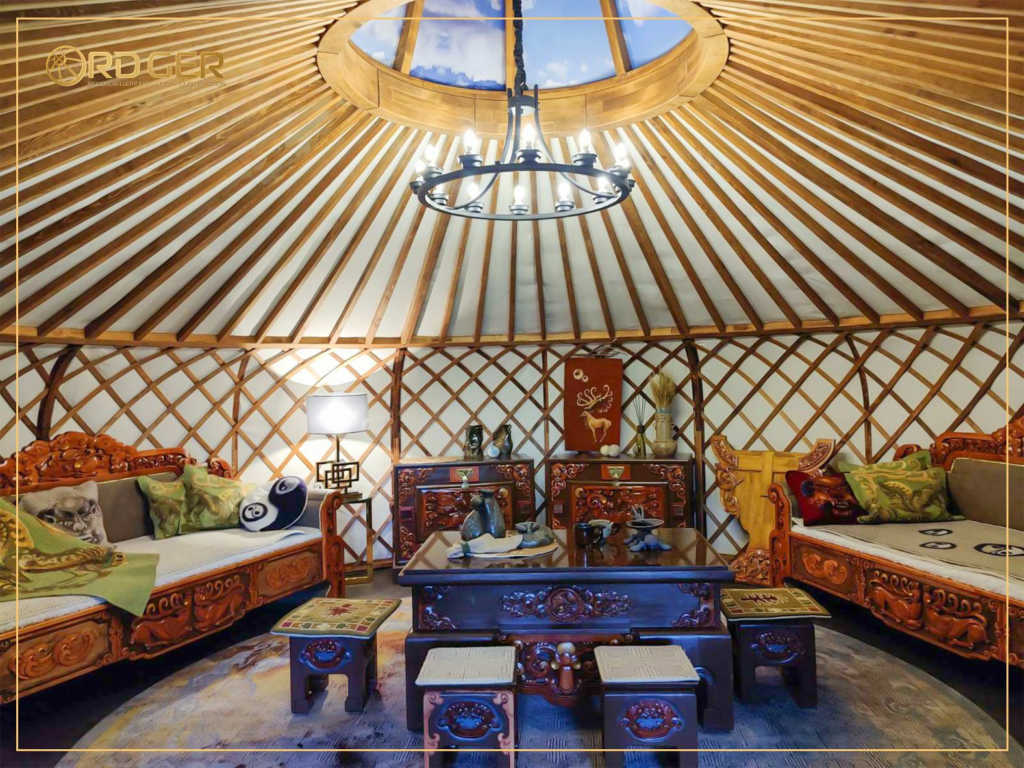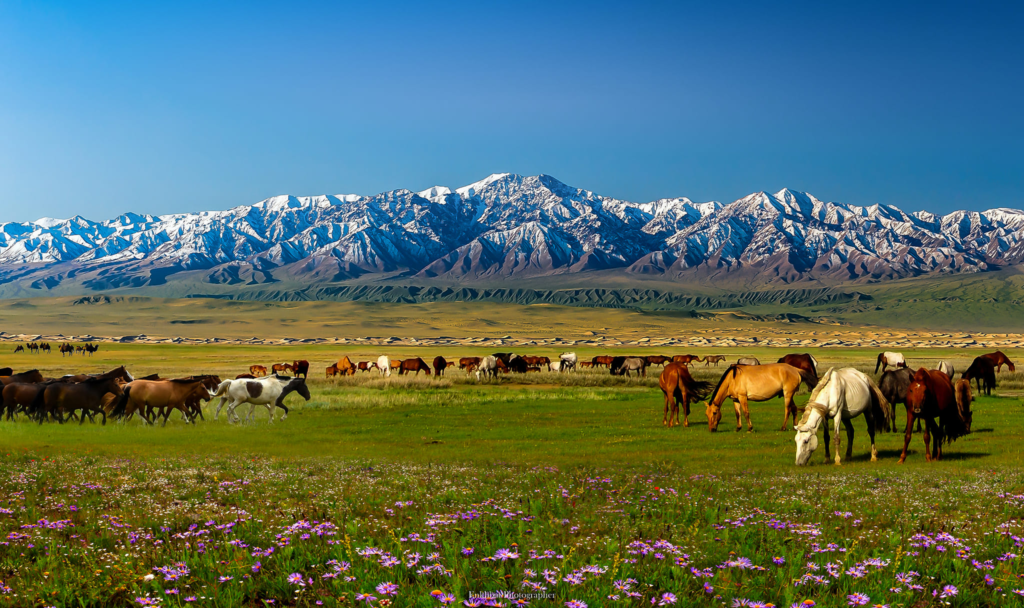In the vast and mystical landscapes of Mongolia, the ancient tradition of Mongolian Shamanism has endured the test of time, seamlessly blending its spiritual essence with the currents of the modern world. Mongolia, with its nomadic heritage and breathtaking natural beauty, becomes a canvas for the intricate tapestry of shamanic practices. Let’s delve into the enigmatic realm of Mongolian Shamanism, exploring its roots, rituals, and its fascinating relevance in the contemporary era.
Understanding the Essence of Mongolian Shamanism
Introduction to Shamanic Traditions
At the heart of Mongolian Shamanism lies a profound connection with the spiritual dimensions of nature. The word ‘shaman’ itself is derived from the Tungus tribe of Siberia, and it refers to a person who can access the spiritual realm to interact with the forces that shape existence. Mongolian Shamanism has deep roots in the country’s nomadic culture, evolving over centuries as an integral part of the daily lives of the people.
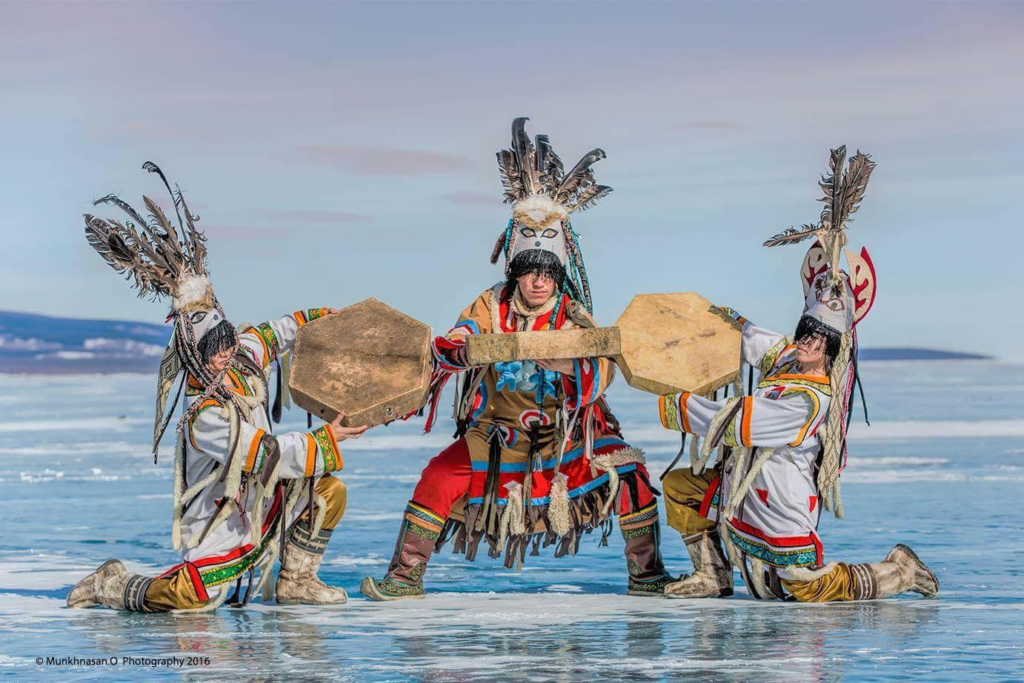
The Role of the Shaman
Shamans, known as “Böö,” act as intermediaries between the human world and the spirit world. They embark on journeys into the ethereal realm to seek guidance, healing, and protection for their communities. The Böö connects with ancestral spirits, nature deities, and other ethereal entities to bring blessings, cure illnesses, and restore harmony to the lives of those seeking their aid.
Embracing Tradition in the Modern Era
Shamanic Practices Today
In the modern age, Mongolian Shamanism has not faded into obscurity; instead, it has adapted to coexist with contemporary lifestyles. Amidst the bustling streets of Ulaanbaatar and the vast Mongolian steppes, shamans continue to play a pivotal role in the lives of the people. While urbanization and technological advancements have reshaped the landscape, the spiritual pulse of Shamanism continues to beat strong.
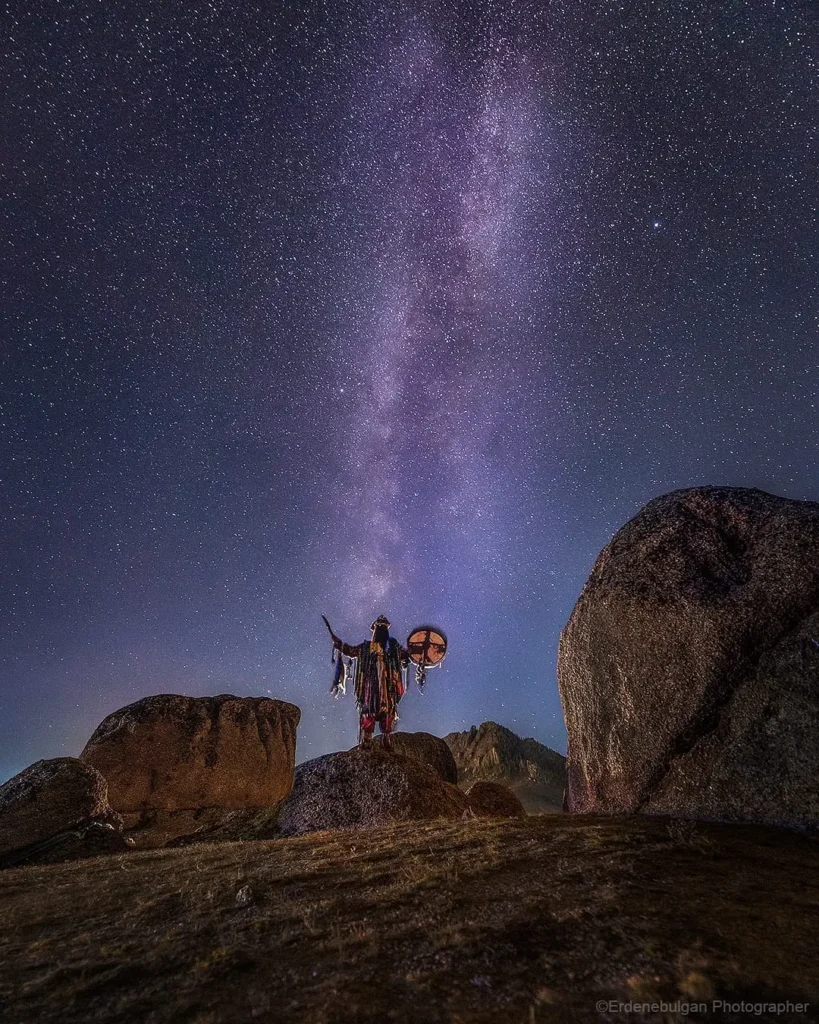
Shamanism and Cultural Revival
There is a growing movement to revive and preserve Mongolian Shamanism as a crucial aspect of the country’s cultural identity. Festivals and events celebrate shamanic traditions, providing a platform for practitioners to showcase their rituals, art, and healing practices. The modern world is witnessing a renaissance of interest in these ancient spiritual customs, fostering a deep appreciation for the symbiotic relationship between man and nature.
The Shamanic Journey: A Blend of Tradition and Modernity
Shamanic Rituals in the Contemporary Setting
From the traditional yurts of the nomadic herders to urban spaces, shamanic rituals find expression in diverse settings. Ceremonies involve rhythmic drumming, chanting, and intricate dance movements, creating a captivating fusion of ancient mysticism and modern aesthetics. The allure of the shamanic journey transcends cultural boundaries, attracting individuals from various walks of life seeking spiritual insight and healing.
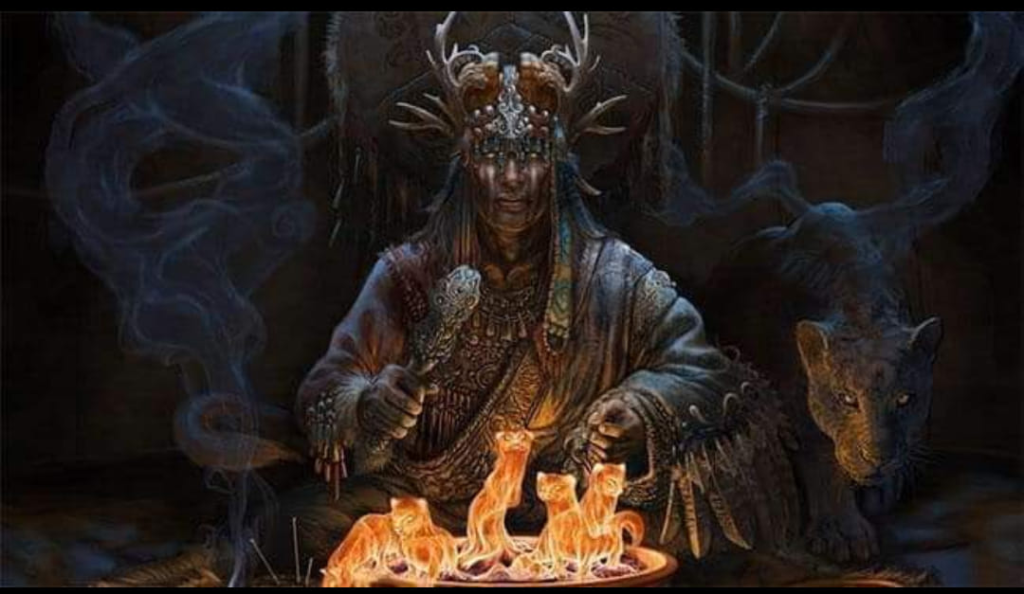
Healing in the Modern World
In a world where the pace of life can be overwhelming, individuals often turn to ancient practices for solace and healing. Mongolian Shamanism, with its emphasis on holistic well-being, has found resonance in the modern wellness movement. Shamanic healing sessions, incorporating traditional techniques, gain popularity not only in Mongolia but also globally, offering a unique blend of spirituality and self-discovery.
Bridging the Spiritual Chasm
As we traverse the intricate landscapes of Mongolian Shamanism, it becomes evident that this ancient tradition has seamlessly woven itself into the fabric of the modern world. The rhythmic beats of the shaman’s drum echo through time, resonating with those who seek a connection with the spiritual realm. In a world marked by constant change, the enduring spirit of Mongolian Shamanism serves as a testament to the timeless dance between tradition and modernity.

